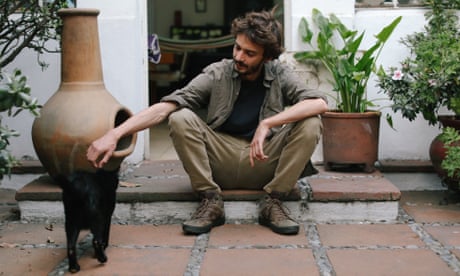Braid: Kenney hit with hostile federal minister one day, an office scandal the next
Two more bad days for Kenney just when Albertans desperately need a respected, popular and effective leader of a united government
Author of the article: Don Braid • Calgary Herald
Publishing date:Oct 27, 2021 •

Tuesday: Prime Minister Justin Trudeau names an environment minister with a long record of hostility to Alberta’s main industry.
Wednesday: News breaks of a lawsuit by a woman who says she was fired for reporting alleged sexual harassment and drunkenness among some of Premier Jason Kenney’s ministers and officials.
Two more bad days for Kenney just when Albertans desperately need a respected, popular and effective leader of a united government.
Unity is a shaky thing. One of Kenney’s own MLAs, demoted minister Leela Aheer , said on Twitter: “Ariella Kimmel is an incredible and courageous women. Premier Kenney – you knew! Step down!”
She added in an interview: “She is a rock star. She was our connection to the premier’s office. We couldn’t get anything done without her.”
Now, Kimmel is going to court. That news broke Wednesday on the CBC.
Kimmel’s lawyer, Kathryn Marshall, says: “Every political office should have a clear sexual-harassment policy and no political staffer should ever be fired from his or her job for blowing the whistle on sexual harassment, as was done in this case.”
Kenney said there will be a review of government policy on harassment and reporting.
Kimmel’s suit alleges that some ministers boozed to the point of stupor in their offices. Sexist comments were made and she was fired for continuing to press for solutions, she claims.
Aheer was furious to learn of the lawsuit.
When one person urged her on Twitter to cross the legislature floor, she said: “It’s always interesting to me that people always tell women that THEY should leave. No, actually. I earned my position. PREMIER KENNY needs to leave. Not me.”
This is an expulsion offence for a government caucus member anywhere in Canada.
But Kenney is on a tightrope — two more firings and he’ll face four angry Independent MLAs who could form their own official caucus with full legislature funding.

Then we come to the federal Environment and Climate Change Minister Steven Guilbeault.
He is a walking insult to Kenney, the Alberta government and the thousands who work in the energy business.
He has been a constant foe with his public pranks — such as the assault on Ralph Klein’s roof — but also through decades of fierce opposition to every oil and gas project or pipeline.
Guilbeault has played a big hand in Quebec’s almost universal hostility to pipelines and Alberta oil and gas.
Coincidentally, Leela Aheer has been one of the Alberta government’s few connections to Guilbeault.
When she was minister of heritage, he was the federal minister in the same post.
She said he was willing to compromise on policy — somewhat. “He became a good friend and he’s a good human being.”
But Alberta “really needs to do a lot of work” to make him understand how hard the industry is trying to reduce emissions and meet targets.
Is Guilbeault capable of any compromise at all?
In his first interview after the appointment, he said: “I will be happy to work with Alberta, with Premier Kenney, and all the other provinces and territories, and municipalities and the business sector and civil society to ensure that we do this wisely in a way that makes sense for people, for communities, for the sake of our children, for the sake of our environment.”

But he doesn’t accept that federal measures will threaten jobs, he said in a later interview on CBC’s Power and Politics.
The most conversion to renewables “is in Alberta, this is the place in Canada where there is the most renewable development . . . the idea of jobs disappearing is not supported by facts in Alberta.”
Then he went on to say Ottawa will “cap emissions from the oil and gas sector.”
And then — proudly — “we’re not doing that with any other sectors — not steel, not the auto sector, forestry, cement. We’re doing it for oil and gas because it represents 45 per cent of emissions in Canada.”
He was also asked if he supports Ottawa’s drive to keep Line 5 through Michigan open .
Yes, he said. “Line 5 is a very different subject. It’s an existing pipeline that provides all kinds of services to Eastern Canada.”
Guilbeault explained how the transition away from oil and gas will be very gradual — in Quebec. There will, however, will be a steady decline in consumption.
Kenney looked shocked when he first spoke of Guilbeault’s appointment. He should be. It marks the end of federal compromise.
And shows, perhaps, the disdain Ottawa will bring to Kenney’s equalization demands stemming from the referendum.
Don Braid’s column appears regularly in the Herald
Twitter: @DonBraid
Facebook: Don Braid Politics




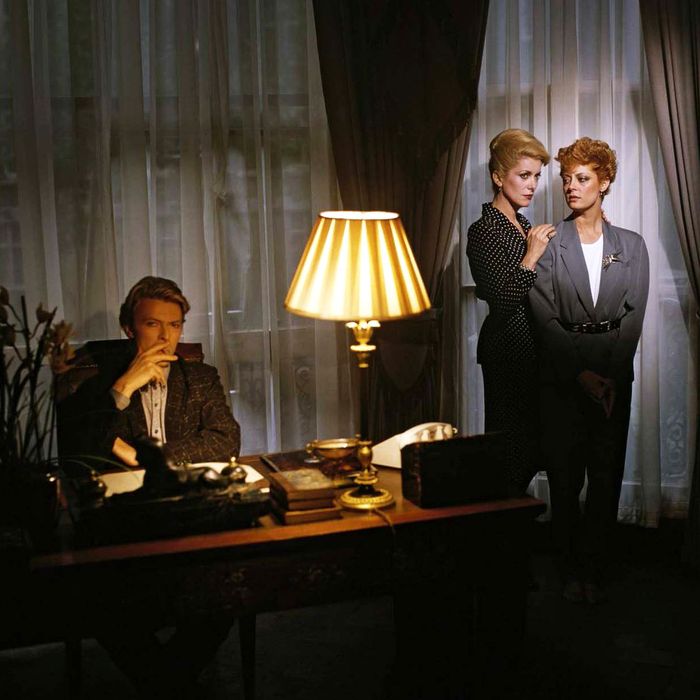
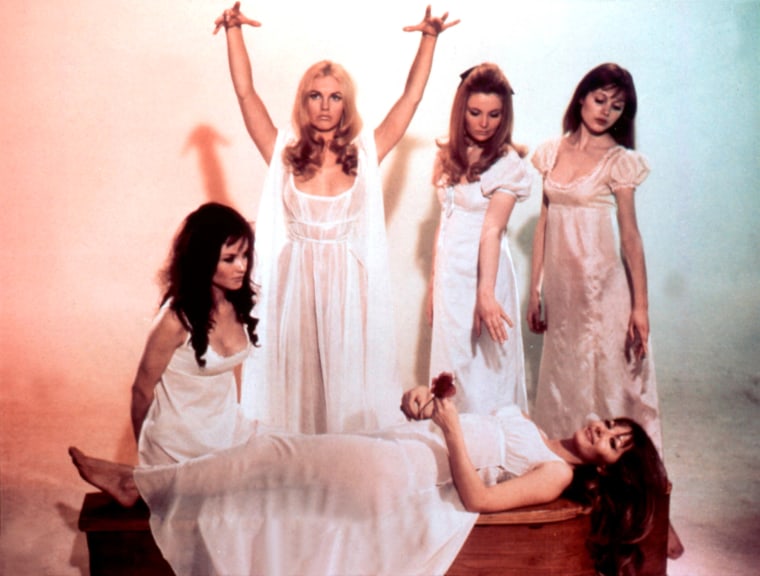
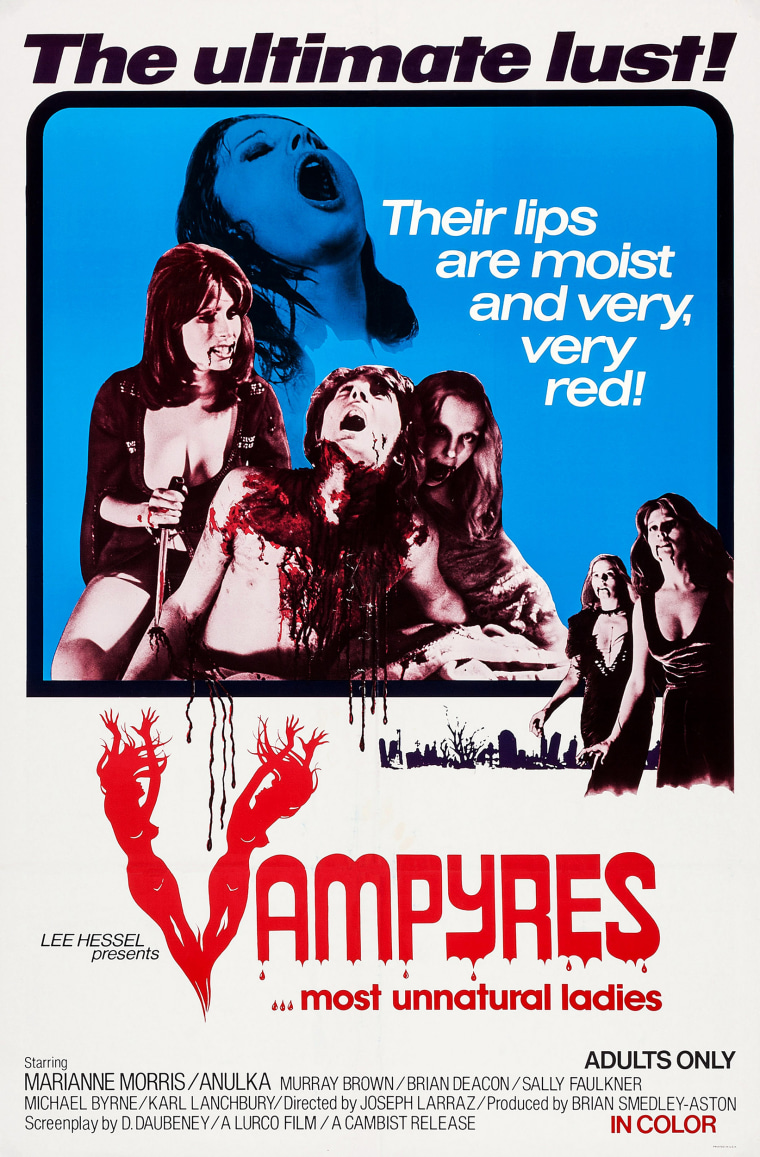
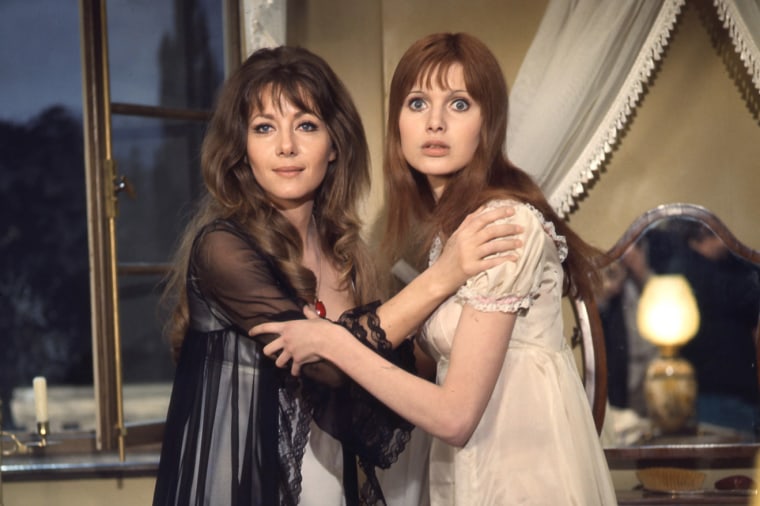
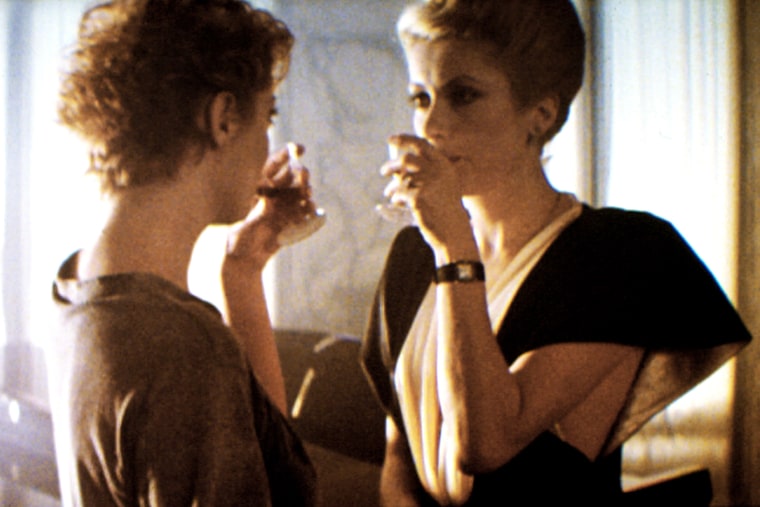
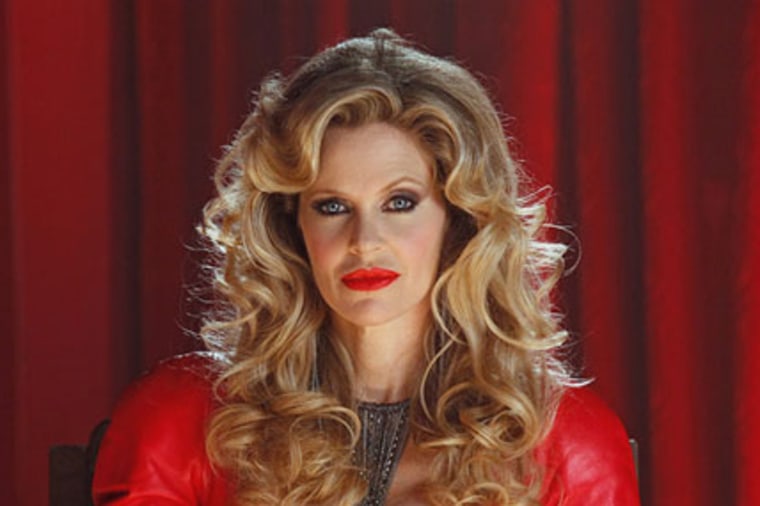


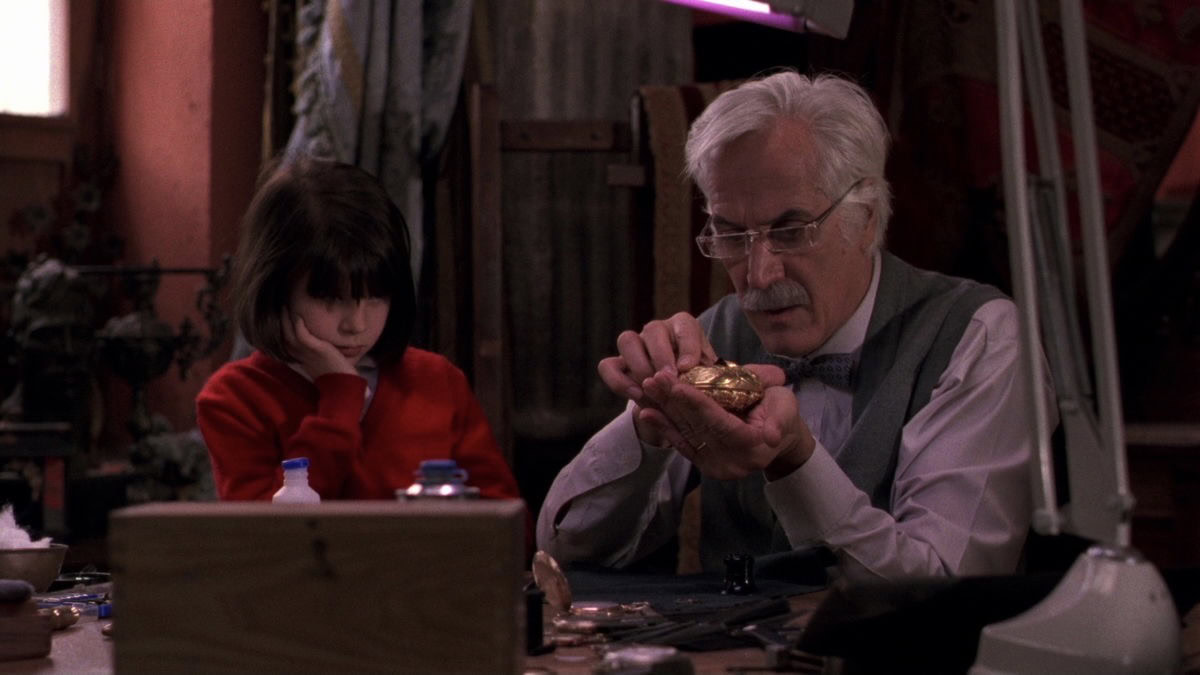
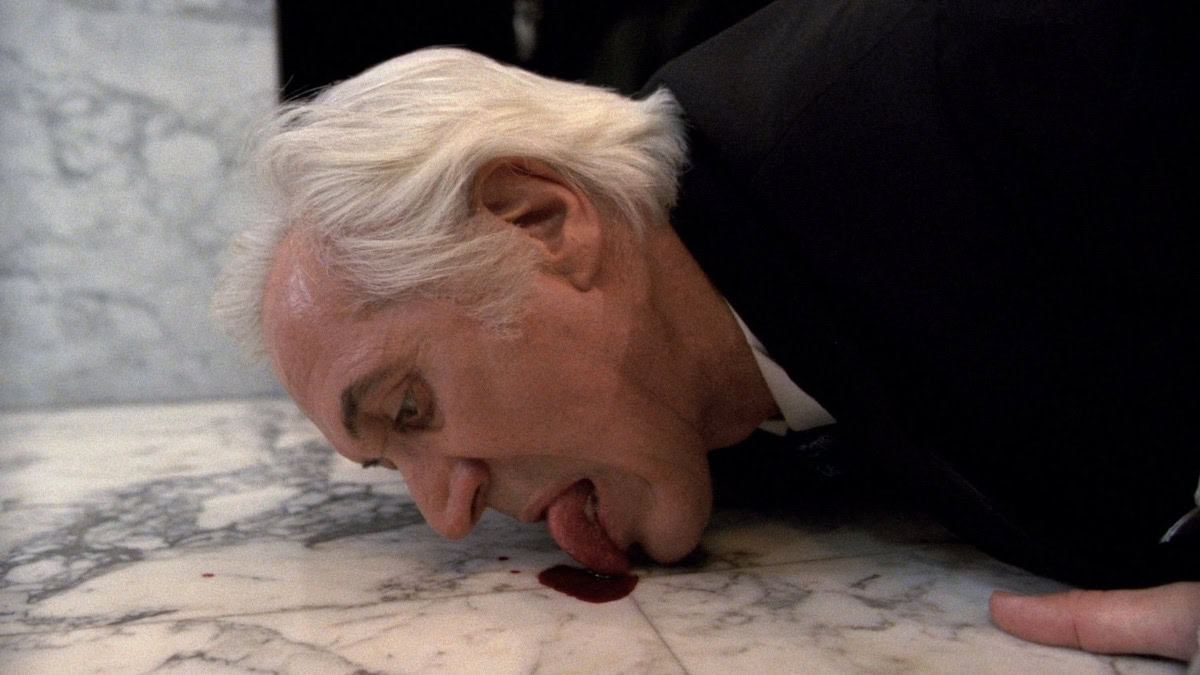
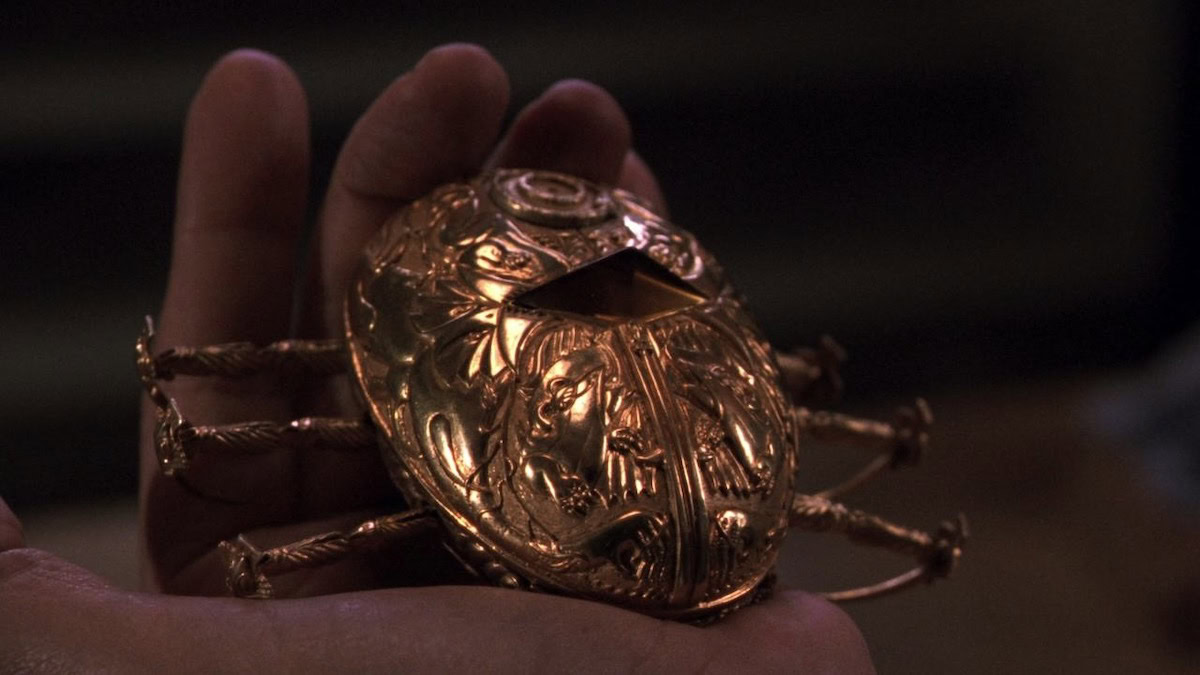



 Relatives of victims killed in a 1980s army massacre in southern Peru carry their coffins during a burial ceremony at the village of Putis in the outskirts of Ayacucho in 2009. Photograph: Reuters/Alamy
Relatives of victims killed in a 1980s army massacre in southern Peru carry their coffins during a burial ceremony at the village of Putis in the outskirts of Ayacucho in 2009. Photograph: Reuters/Alamy
